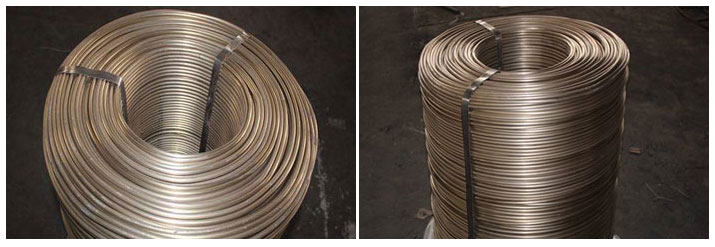
Calcium wire, also known as CaSi, is a type of wire that is used in the steelmaking process. It has a low melting point and a low boiling point, which make it a low-density material. This makes it susceptible to oxidation when it enters molten steel. To avoid this issue, wires that are cored with solid calcium are used.

Cored wires were first introduced into the market in the 1970s. The main application of cored wires is to separate molten steel from impurities. These wires contain calcium aluminates, which create a chemical reaction with the steel and oxygen. This reaction helps to form the slag faster.
The chemical composition of the wire is a mixture of Ca, Si, and Al. The alloy has a melting point between 980 and 1260 degrees C and a boiling point of 1500 degrees C. These temperatures are high enough to promote a high level of agitation in the liquid steel.
Cored wires are used in a variety of steelmaking processes. In addition to steelmaking, these wires are used in desulfurization, creeping treatment, and inoculation. The standards for these wires are different depending on the process. The feeding speed is an important factor that determines the rate of Ca absorption. Too slow or too fast feed rates decrease the absorption rate. The depth at which the core wire is inserted should cause the calcium bubbles to be under a high hydrostatic pressure. As a result, the calcium bubbles will consume the calcium in the steel before floating away.
The main raw materials for CaSi cored wires are calcium and silicon powders. These components are blended into a targeted ratio. This wire is used as a carbon additive in steelmaking and as a desulfurizer in casting processes.
The wire diameter is the measurement of the wire's inner and outer diameters. These measurements are used to determine the correct wire thickness for the steelmaking process. The wire's length is also important in the process, because the operator needs to know how much wire length to inject. Lastly, the steel mill operator needs to calculate the amount of powder he needs for the coil.
In steelmaking, wires with cores are used to increase the strength and purity of the molten steel. These wires can be used for many processes. For instance, they can be used to make a high-quality steel that is used in many applications. In addition, they reduce the amount of calcium used in steel production, which means less pollution from molten steel.
CaFe wire is another type of wire that is used in steelmaking. This type of wire is made of a solid core instead of a hollow core, which is important for production because a broken wire can cause problems during the steelmaking process. CaFe wires are generally wrapped in thick steel strips, which prevents the wire from slipping or running while it is being fed through the steelmaking process.
Besides being used in steelmaking, it also helps in alloying. It can change the shapes of the impurities that are in the molten steel. This can also improve the alloy yield and make it more efficient. Its other advantages include increasing the stability of the alloy and reducing the cost of steelmaking.

Write a Message